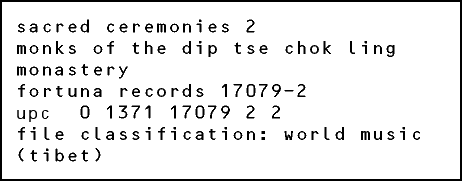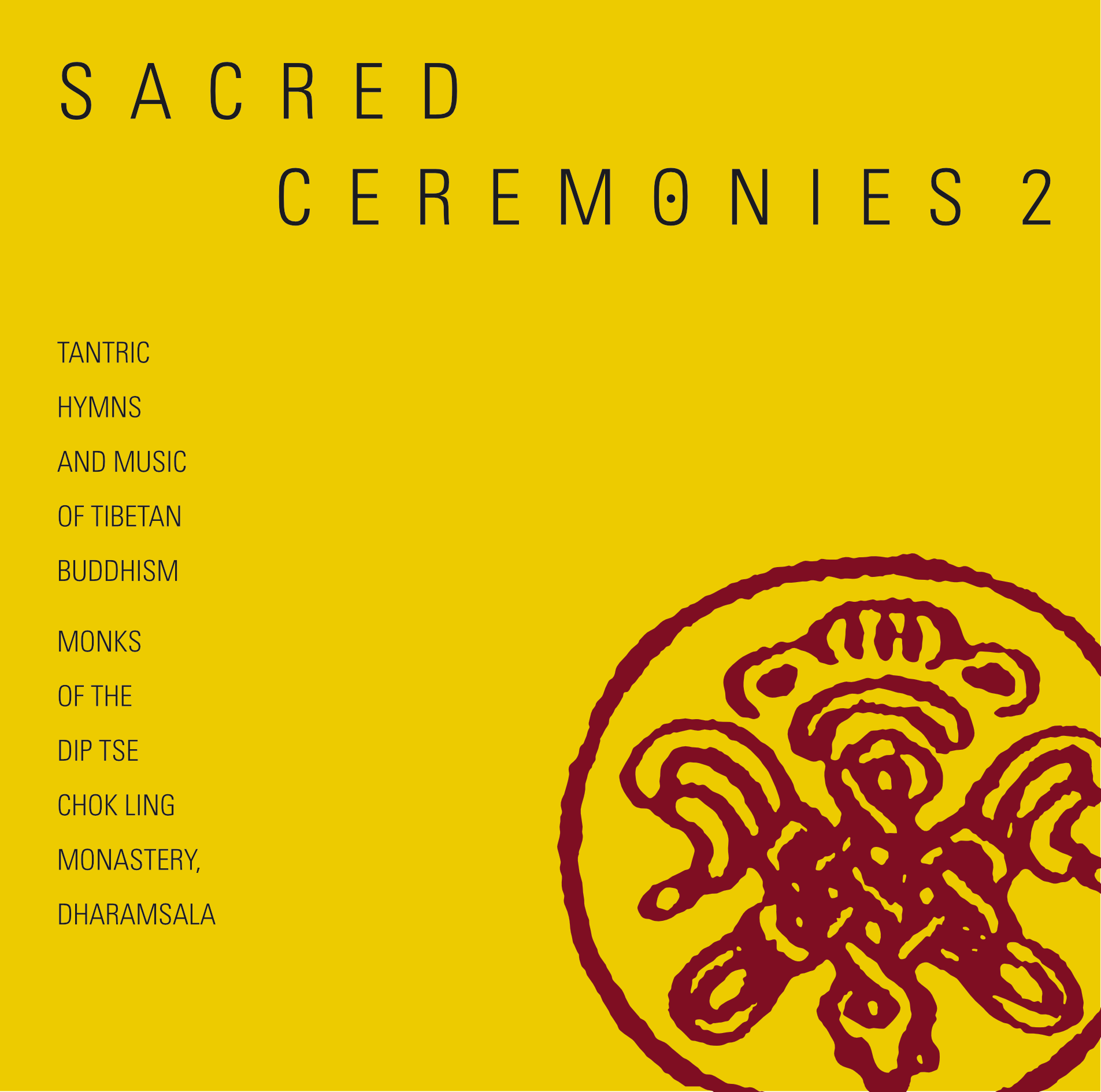 |
|||||||||||||||||||||||||||||||||
 
* featured in Heaven & Earth Directed by Oliver Stone / ** Little Buddha Directed by Bernardo Bertolucci / *** Seven Years in Tibet starring Brad Pitt / **** Nightwatch starring Ewan McGregor & Nick Nolte Im 7. und 8. Jahrhundert gelangte der Buddhismus von Indien nach Tibet und vermischte sich dort mit der schamanischen Bön-Tradition. Sie ist bis heute lebendig: In den Maskentänzen, in magischen Ritualen oder wenn der Dalai Lama ein in Trance versetztes Orakel befragt. Während die Volksmusik immer wieder aus dem benachbarten China inspiriert wurde, ist die zeremonielle Musik der Mönche über die Jahrhunderte bis in unsere Zeit unverändert und eigenständig geblieben. Die Texte der mantrischen Gesänge sind meist Übersetzungen aus dem Sanskrit, die Art des Vortrags und die Instrumente dagegen unverkennbar tibetisch. Nach der chinesische Besetzung Tibets flohen mit dem Dalai Lama viele Lamas (tibetisch für guru, spiritueller Lehrer) zunächst nach Dharamsala, Nordindien und machten bald darauf den tibetischen Buddhismus (inklusive der einzigartigen Musik) in Europa und in den USA bekannt. Filme wie Little Buddha, Sieben Jahre in Tibet oder Kundun folgten - nicht zuletzt dank des unermüdlichen Einsatzes und der Popularität des Dalai Lama. Als Ergänzung zu den folgenden Aufnahmen, die Produzent David Parsons im Dip Tse Chok Ling Kloster in Dharamsala machte, seien seine eigenen Ambient-CDs Himalaya, Tibetan Plateau, Yatra, Dorje Ling und Parikrama empfohlen. Der nebel-weiche Ton der (in Tibet gefundenen!) Muschelhörner soll uns an unseren eigenen Tod erinnern. Alles entsteht und vergeht. Gleich darauf furzen die Hörner. Ungeschminkt. Da wird auch auf einem menschlichen Schenkelknochen(Kang Ling) geblasen. Diese Musik bietet die Gelegenheit, der Wahrheit von Leben und Tod unmittelbar zu begegnen. the projectIn 1989, recording artist,When Parsons returned to Dharamsala in 1990 as a part of a documentary film crew, he found that the Dip Tse Chok Ling monks had been practicing for another album. He was amazed at the difference between the two recording sessions. "The first time, they didn't understand why anyone would want to listen to what they did," Parsons recalls. "I also had to explain a lot about recording techniques, and we had to keep rearranging the instruments to get a nice stereo image. It took three months to get the right recording. This time, the monks didn't need to be told anything. They set up completely by themselves. I just went down there, turned on the DAT and recorded Sacred Ceremonies in a couple of hours." Parsons is pleased with the ten selections captured that night. There are the sounds of the conch shell for remembering death, and the invocation of the deities through ritual instruments like the gya ling (Tibetan oboes) and dung chen (twelve–foot metal trumpets). This time, the monks also created a sonic representation of the emanations of Buddha and the great empowerment of Bandruya, Kind of the Universe. "They really got adventurous on this new album," says Parsons. "Most recordings of Tibetan monks are primarily chanting. On the first Sacred Ceremonies, I convinced them to bring out as many instruments as possible. On this second album, they decided to add even more instruments, and it makes for a very exciting listening experience." the artistsThe musical rites of Dip Tse Chok Ling can be traced to 18th century Tibet when the monastery was originally founded. After the Lhasa uprising of 1959, the monastery was re–established in Dharamsala, India, less than a kilometer away from the Dalai Lama's residence in exile there. Twice each day, the musical ceremonies of Dip Tse Chok Ling's 47 monks and students ring out into the vastness of the surrounding Himalayas as they carry on their ancient spiritual traditions through the magic and power of sound. biographydiscographytracklist
|
|||||||||||||||||||||||||||||||||
|
|
|||||||||||||||||||||||||||||||||
 |


